Russian military intelligence was in close contact with the head of a state research institute who coordinated with scientists specializing in chemistry and nanotechnologies in the weeks before the 2018 poisoning of ex-spy Sergei Skripal, according to newly obtained phone records.
Patent records and published scientific articles examined by RFE/RL and its partners, meanwhile, showed that these scientists had for years worked to develop sophisticated new methods for delivering medicines and drugs into the body, techniques that have potential use for chemical weapons or poisonings.
The findings, which are the result of an investigation by RFE/RL’s Russian Service, Bellingcat, Der Spiegel, and The Insider, come as questions mount in Western capitals about whether Russia is violating the 1992 Chemical Weapons Convention and whether it is targeting dissidents and other Kremlin opponents with banned poisons and toxins.
International experts, including the Organization for the Prohibition of Chemical Weapons (OPCW) and British and German scientists, have identified the Soviet-developed military-grade agent known as Novichok as the substance used in the poisoning of Skripal and his daughter in 2018.
A new version of Novichok was also identified as the substance that nearly killed Russian anti-corruption activist and opposition politician Aleksei Navalny, one of President Vladimir Putin’s fiercest foes, as he flew back to Moscow from a trip to Siberia in August.
Russia has repeatedly denied possessing or developing chemical weapons, and says it has complied with the 1992 treaty by destroying its sizable stocks of nerve agents, sarin, mustard gas, and other chemicals. In October 2017, Putin presided over a televised ceremony in which the country’s last stockpile was said to have been eliminated.
This investigation adds further evidence to the contrary.
The Novichok Attacks
On March 4, 2018, Skripal, who was convicted 12 years earlier of passing classified information to British intelligence but was sent to the West in a 2010 spy swap, fell violently ill while sitting on a park bench not far from his house in Salisbury, England. His daughter Yulia Skripal, who was with him, also fell ill.
British scientists later identified Novichok as the poison. A British woman died after being accidentally exposed.
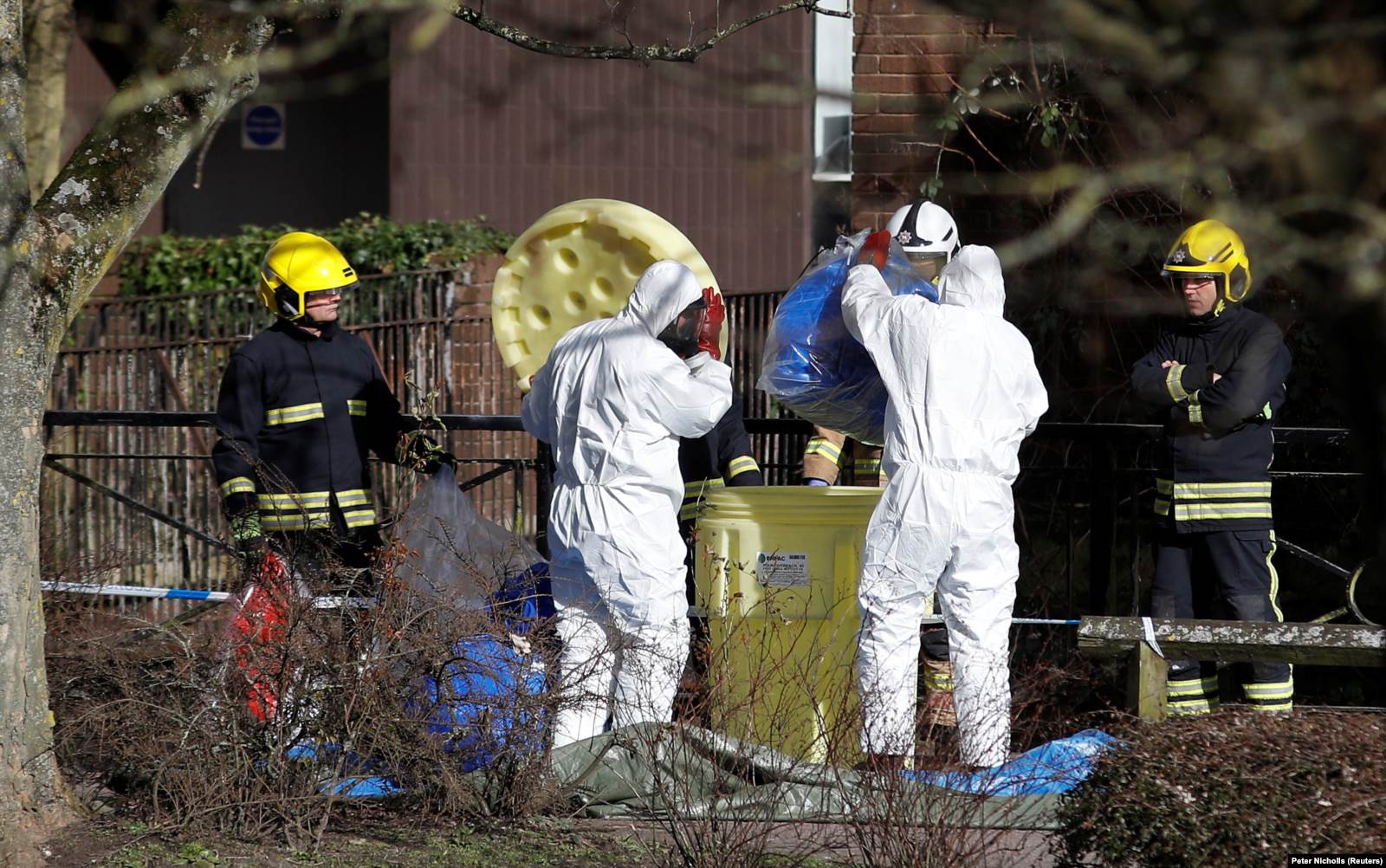
Novichok was first developed by Soviet scientists in the late 1970s, and kept hidden until after the Soviet collapse, when one of the researchers involved, Vil Mirzayanov, revealed it to the world.
At the time of the Skripal attack, Novichok was not explicitly listed under the chemical weapons treaty, primarily because it was all but unknown, and experts accepted Russian assurances. But the treaty includes a blanket ban on the use of any chemical weapons, and Novichok was included on an updated list of outlawed substances under the pact in November 2019.
The Skripal poisoning stunned Britain and much of the world. Authorities concluded that, given the sophistication of the agent and where it was originally manufactured, its use in England had been condoned by top Russian officials, or perhaps by Putin himself.
In the aftermath, Britain and its allies expelled dozens of Russian diplomats to punish Moscow. The United States imposed new economic sanctions against Russia under a 1991 law explicitly tied to the use of chemical and biological weapons.
Russia denied the accusations repeatedly in the months after the Skripal incident. The two Russians publicly identified by British authorities participated in a dubious interview with the Russian state TV channel RT, in which they described themselves as nutritional-supplement salesmen who traveled to Salisbury as tourists.
Meanwhile, Bellingcat and other journalists and researchers uncovered evidence of ties between the suspects and Unit 29155, a clandestine team within the Russian military intelligence agency widely known as the GRU.
Unit 29155 was soon linked to assassination attempts and other subversive activity abroad going back several years prior to the Skripal poisoning.
Then, in August 2020, Navalny was on a flight to Moscow from the Siberian city of Tomsk when he fell violently ill.
He was hospitalized, put into an induced coma, and after several days of pressure by his family and supporters was evacuated to a Berlin hospital. Days after arriving, German scientists announced that a chemical related to Novichok was to blame for his illness, a finding later confirmed by the OPCW.
In an interview with Der Spiegel published on October 1, Navalny accused Putin of being behind the poisoning.
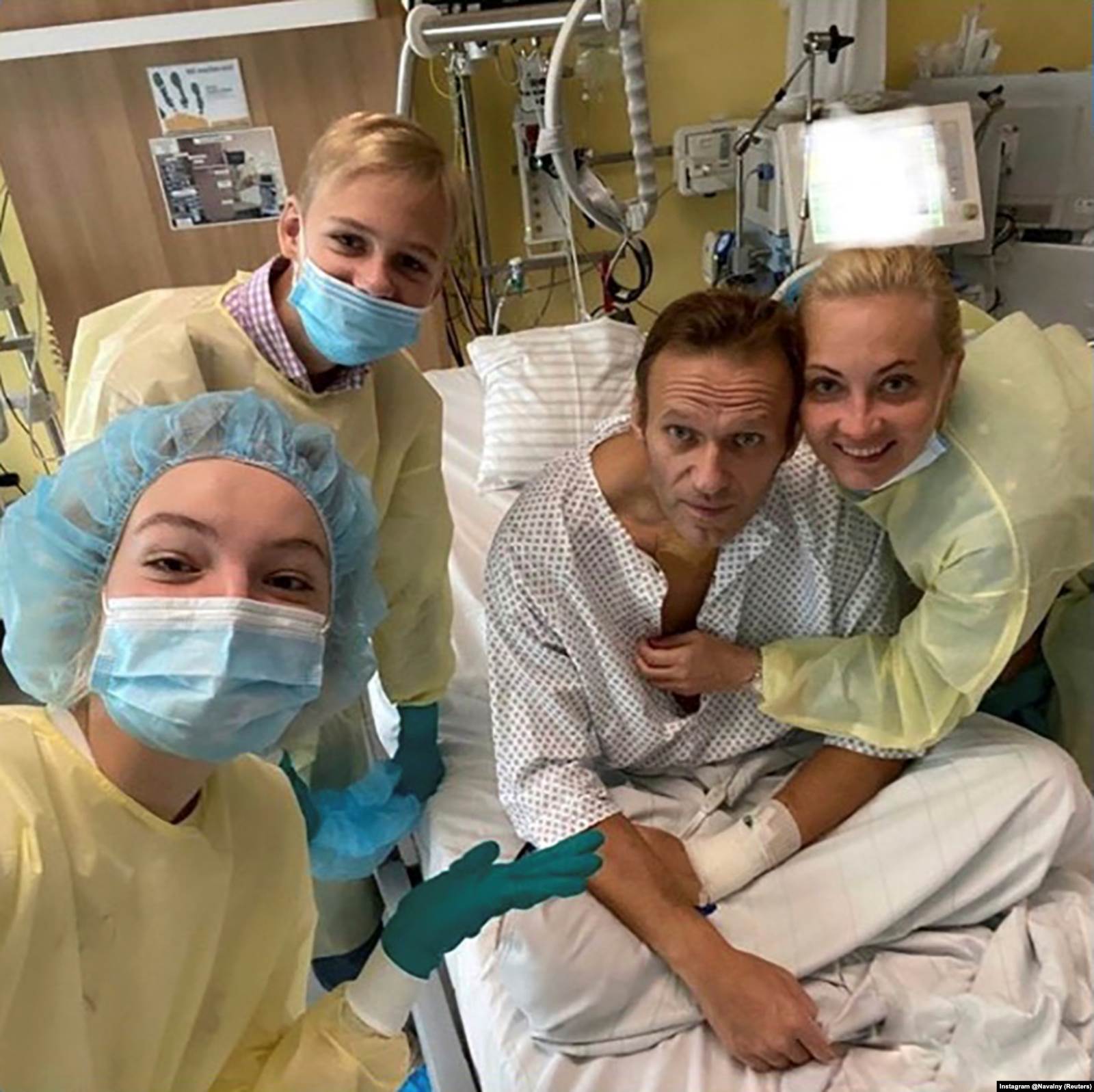
The GRU Calls
On February 27, 2018, five days before Skripal fell ill, a Russian chemist named Sergei Chepur flew from St. Petersburg to Moscow on a one-day work trip. Chepur is the director of a federal research institute called the State Experimental Institute for Scientific Research of Military Medicine, which is based in St. Petersburg.
According to phone logs obtained by Bellingcat and reviewed by RFE/RL’s Russian Service, during his visit Chepur communicated with several GRU officers and spent time at the military intelligence agency’s headquarters at Khoroshevskoye Shosse 76B in northwest Moscow.
He also communicated that day with at least one researcher from a Moscow federal research facility, the Signal Scientific Center. The Signal Center was set up in 2010 by a decree from Putin, then prime minister, as part of a major reorganization of the better-known Defense Ministry facility known as the 33rd Central Research and Testing Institute.
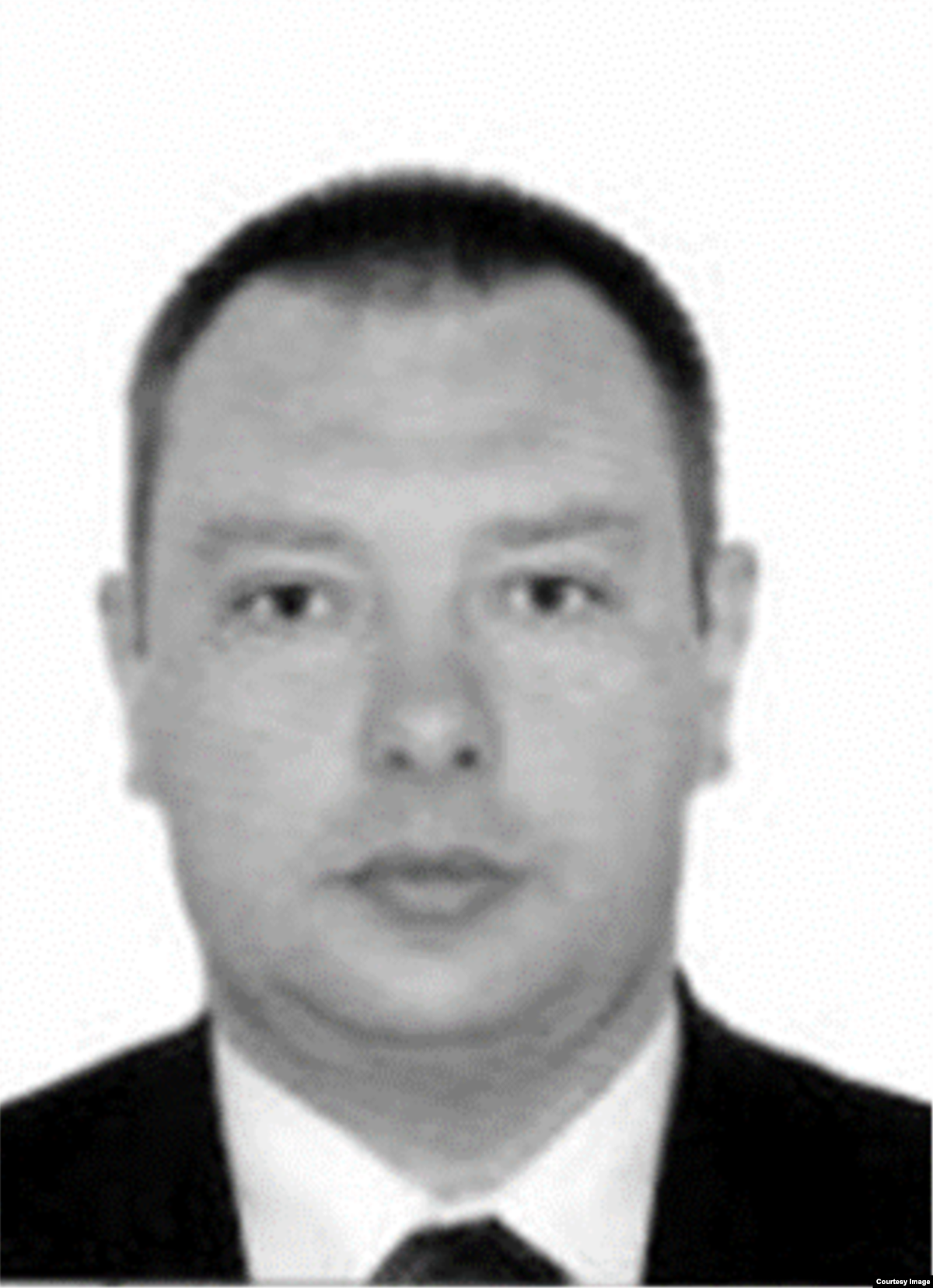
Located in the central Saratov region, the 33rd Institute was long known for testing chemical weapons. In August 2020, it was blacklisted by the U.S. government, which said there was “reasonable cause” to believe it was “associated with the Russian chemical program and chemical weapons testing range.”
After leaving the GRU headquarters on February 27, 2018, phone records show, Chepur proceeded to another military facility in Moscow: the 27th Military Scientific Center.
Also present at the 27th Military Scientific Center during Chepur’s visit, according to phone records, was organophosphates specialist Viktor Taranchenko, who formerly worked at the 27th center but by that time was a top scientist at the Signal Center. These logs show the location of the phones at a particular time, but it is impossible to say definitively that the two men met there at that time.
Organophosphates are a class of chemicals found in insecticides and some medicines. They are also used in chemical weapons.
In the months before his trip to Moscow, Chepur had communicated repeatedly not only with scientists from the Signal Center but also with high-ranking GRU officers.
Among those he contacted, according to phone logs, was Major General Andrei Averyanov, the commander of Unit 29155.
Chepur made at least 65 calls and text messages to Averyanov between May 2017 and September 2019, the phone records show.
Averyanov, who was largely unknown to the public, was highlighted in an October 2019 report by RFE/RL and Bellingcat that revealed that one of the accused Skripal poisoners, Anatoly Chepiga, had attended his daughter’s wedding two years earlier.
Both Averyanov and Chepiga -- who was in Britain using the name Ruslan Boshirov at the time of the Skripal poisoning -- are visible in photographs from the 2017 wedding.


The other man identified by Britain authorities was GRU officer Aleksandr Mishkin (aka Aleksandr Petrov), whom Chepur, the St. Petersburg scientist, also called multiple times in the lead-up to the Skripal poisoning.
Chepur also communicated with a third GRU officer who went to England in 2018 -- Denis Sergeyev -- as well as with another Unit 29155 officer, Aleksandr Kovalchuk, who according to previous records obtained by Bellingcat is known to have medical training but did not travel to England.
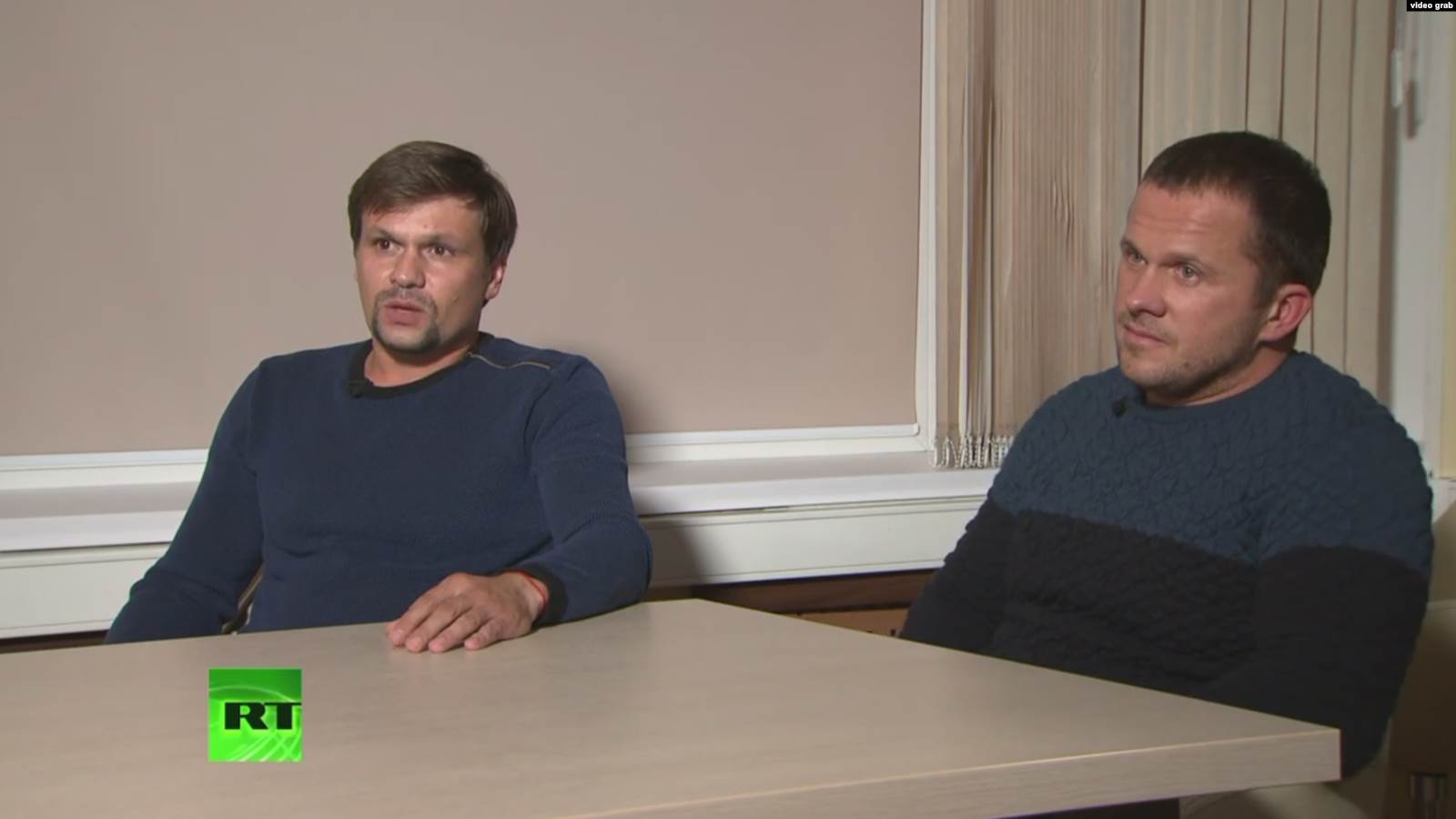
The phone logs show that beginning on December 30, 2017, just over three months before Skripal was poisoned, Chepur contacted Mishkin for the first time reflected in the records, which date from May 2017. Chepur then held several other conversations both with Mishkin and Averyanov, on January 13-14 and January 17-18, 2018. He contacted Sergeyev on February 2 and 3. On February 12, he was in touch with Mishkin, Kovalchuk, and Sergeyev.
On February 23, a state holiday in Russia, Chepur had dozens of calls and text messages with GRU officers and also doctors and scientists, including a man identified by Bellingcat and The Insider as the Defense Ministry’s chief toxicologist, Vadim Basharin. The holiday honors past and current members of the armed forces.
The phone logs also show that in the days before and after the Skripal poisoning, Chepur was in communication with two top scientists from another entity also located in the Saratov region and also carrying the number 33: the Defense Ministry’s 33rd Central Experimental Institute for Scientific Research.
Patents And Nanotechnologies
From 2004 until 2010, a chemist named Artur Zhirov headed the 27th Central Research Institute, according to a Defense Ministry booklet released in 2018. The booklet describes the institute as the Defense Ministry's primary entity on matters related to government security “in the military-chemical and military-biological spheres, as well as countering threats of the proliferation and use of chemical and biological weapons.”
In 2010, Zhirov’s institute was incorporated into the 33rd Central Experimental Institute for Scientific Research, which was engaged in testing chemical weapons in another Saratov region village, Shikhany. It was the director and deputy head of this institute that Chepur called shortly before and after the Skripal poisoning.
Shikhany was also the home of a branch of a secret institute known as GosNIIOKHT. According to Mirzayanov -- the chemist who first revealed the secret program publicly in 1992 -- and other scientists, it was in this branch where Novichok was first developed in the 1970s.
Earlier this month, the European Union imposed sanctions on GosNIIOKHT in response to Navalny’s poisoning, saying that the use of Novichok against Navalny would “only be possible due to the failure of the Institute to carry out its responsibility to destroy the stockpiles of chemical weapons.”
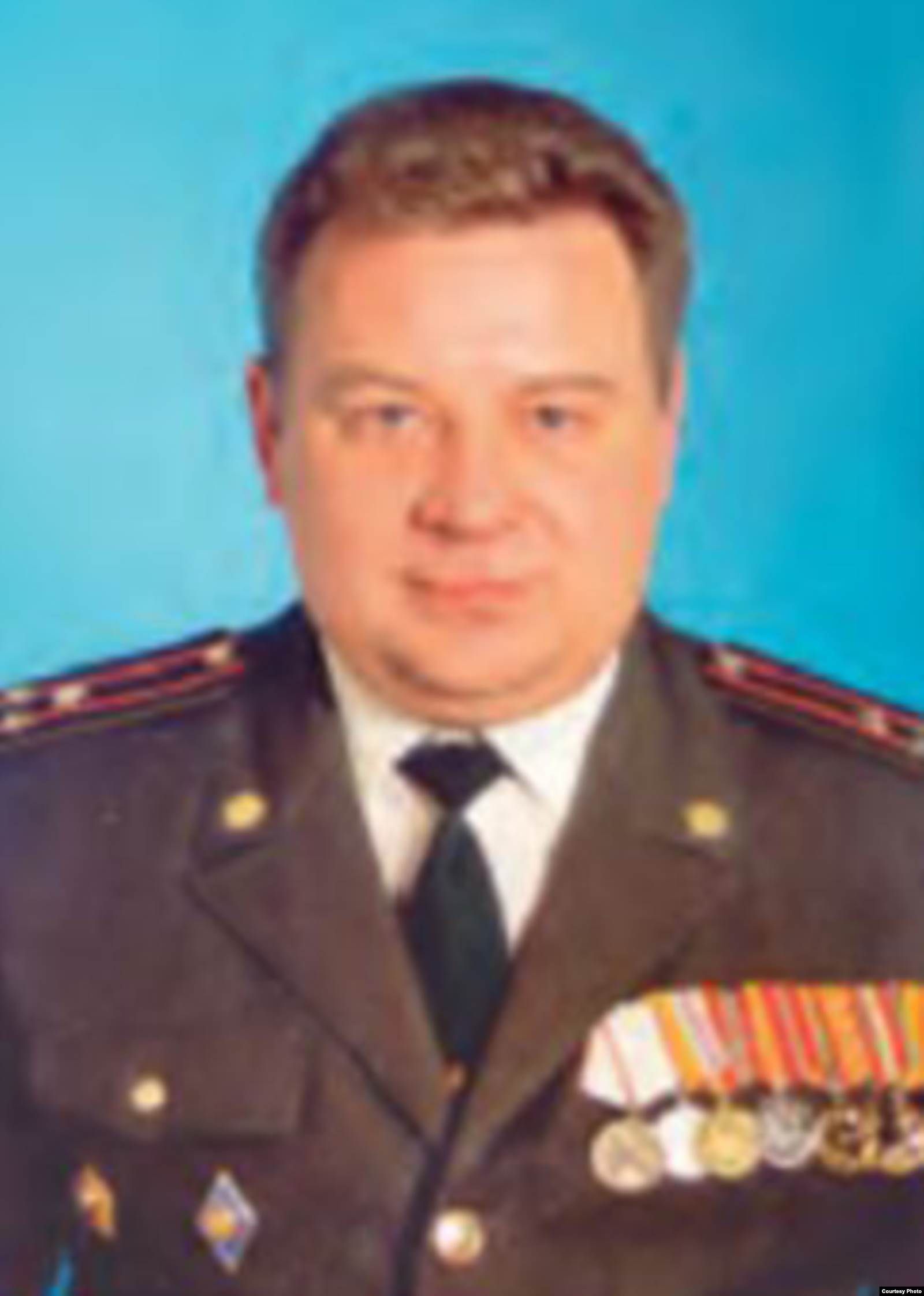
Around the same time that Zhirov’s institute moved, he stepped down and took the helm at the Signal Scientific Center, the Moscow facility created by Putin’s decree in 2010. Several of his subordinates at the 27th Central Research Institute followed him there.
Open-source records reveal that Zhirov and his Signal Center colleagues have conducted extensive research into substances affecting the central nervous system, as well as how to get those substances into the human body. So has Chepur, the St. Petersburg-based scientist who was in close contact with GRU officers and one of the accused Skripal poisoners.
In 2010, for example, Chepur and several colleagues registered a patent on a “pharmaceutical composition and method for pulmonary administration thereof.”
The patent states that the invention is “intended for the introduction of pharmacologically active substances into an organism by inhalation.” It is described as a powder that is made up of minuscule particles and would affect, among other things, “the central nervous system, peripheral neurotransmitter processes, [and] the cardiovascular system.”
Meanwhile, Zhirov and his colleagues filed patent applications in 2007 and 2008, respectively, describing the use of nanosized particles to deliver drugs across the blood-brain barrier -- a physiological barrier that separates the body's central nervous and circulatory systems.
“The present invention is a method for producing a specific drug delivery system to brain cells,” says an annotation to the 2007 patent. “As a result of using the proposed invention, it becomes possible to obtain a more perfect system for the delivery of drugs to the cells of the central nervous system.”
“Advances in nanotechnology can be used to modify the physical characteristics of a chemical warfare agent,” Dan Kaszeta, an American chemical and biological weapons expert based in London, told RFE/RL. “There are likely many ways in which nanotechnology could make a particular chemical more dangerous, more persistent in the environment, or harder to detect.”
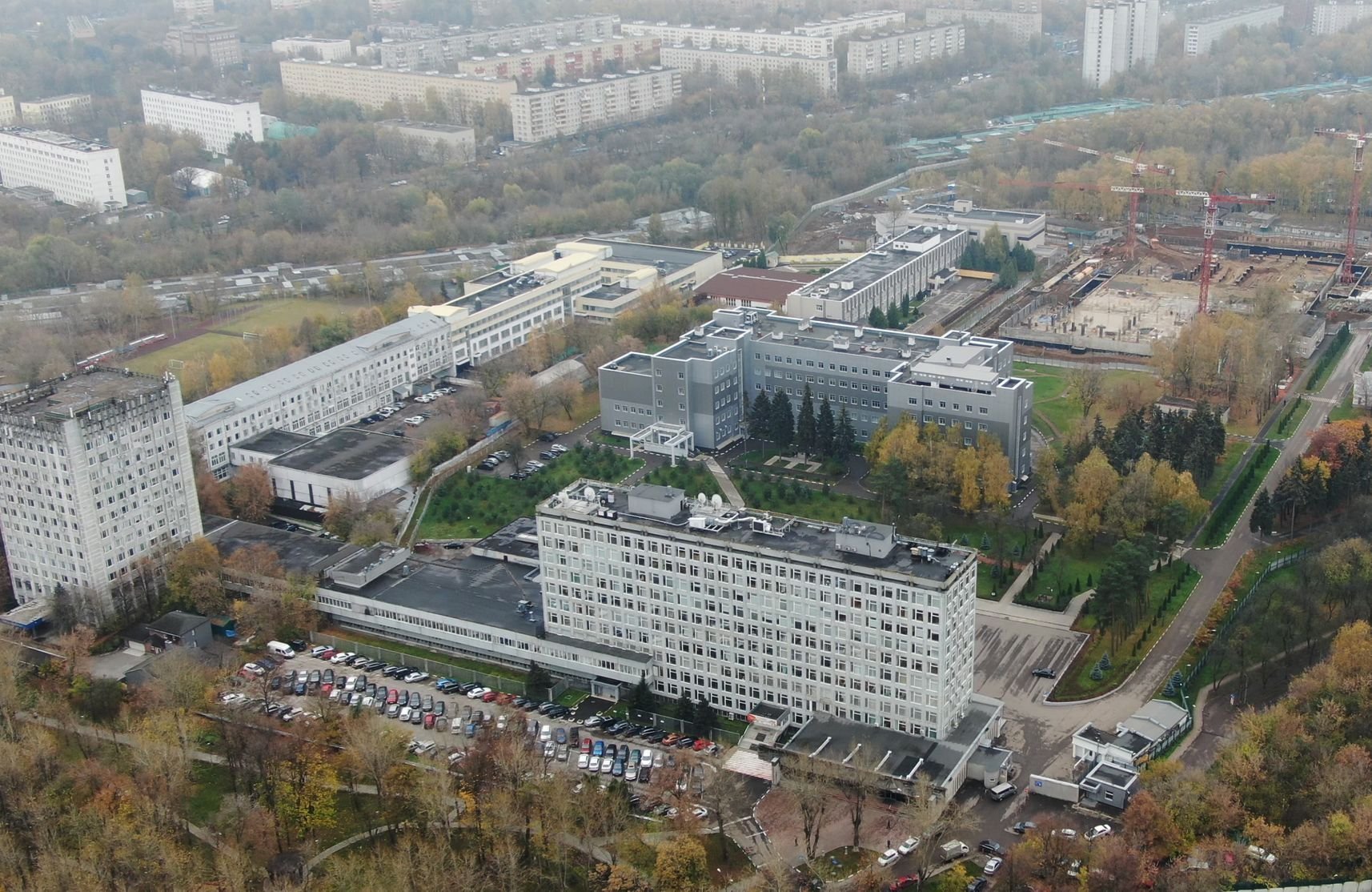
The phone records obtained by Bellingcat and reviewed by RFE/RL’s Russian Service show that Zhirov was one of four researchers from the Signal Scientific Center whom Chepur contacted in January 2018, less than two months before the Skripal poisoning.
The two men interacted on at least four separate days that month. On one of those days -- January 18, 2018 -- Chepur was also in contact with Mishkin, the accused Skripal poisoner, the records show.
Two researchers who filed the 2007 patent together with Zhirov -- Georgy Nazarov and Sergei Galan -- were among the authors of a 2009 article published in a Russian scientific journal. The article examines the use of nanoparticles -- particles that are not much bigger than atoms -- to deliver drugs to various parts of the body, primarily nervous-system cells. The advantages of this approach, they wrote, include the "high selectivity of interaction with...biotargets" and "the ability to control both the intensity and time of drug exposure."
Nazarov and Galan followed Zhirov from the 27th Central Research Institute to the Signal Center.
Others who also transferred include Taranchenko, who was the first person Chepur called when he traveled to Moscow on February 27, 2018, and Andrei Antokhin, who is listed as the Signal Center’s deputy director.
Taranchenko and Antokhin have conducted research into cholinesterase inhibitors, which are found in several drugs as well as in some pesticides, but also in nerve agents such as Novichok. German scientists specifically cited cholinesterase inhibitors in their findings on Navalny’s poisoning.
The phone records obtained by Bellingcat show a call between Antokhin and Chepur on January 21, 2018 -- three days after a call between Chepur and Mishkin, the accused Skripal poisoner, and six weeks prior to the attack on Skripal.
Taranchenko, meanwhile, was the first person Chepur called after he landed in Moscow on February 27, 2018, the phone records show.
The records show that after Chepur arrived at the GRU headquarters that day, he and Taranchenko exchanged several text messages. After staying at the GRU headquarters for around three hours, Chepur visited the 27th Military Scientific Center. Taranchenko was there at the same time, according to the phone logs.
The Signal Center’s website describes the center’s primary activity as “export control.” The center itself is formally part of Russia’s Federal Technical and Export Control Service, which is responsible for monitoring nuclear materials, dual-use technologies, certain chemicals, and other sensitive goods that cross Russia’s borders.
The Signal Center also has what appears to be a semi-abandoned website, hosted on a free platform, listing the kinds of materials over which it exercises export control. This list includes enzymes, tear gas, live cultures, and certain biological materials.
‘Body Culture’ And The ‘Supplements Salesmen’
Curiously, the Signal Center is also quietly involved in what Chepiga and Mishkin, in their only media appearance, claimed was their line of business: nutritional supplements.
“In short, it’s the fitness industry -- that which involves sports nutrition: vitamins, microelements, proteins, gainers, and so forth,” Mishkin, appearing under his pseudonym, told the editor-in-chief of RT, Russia’s state-funded international network.
The interview was widely panned for, among other things, the poisoning suspects’ claim that they visited Salisbury at the time of Skripal’s poisoning to see the city’s "famous" cathedral spire and clock.
But scientists with the Signal Center -- including its director, Zhirov -- do, in fact, have numerous patents on sports-nutrition additives and powders. These include a powder for a sports drink called Silavit, the patent for which is held by Zhirov’s colleagues Taranchenko and Antokhin.
A Russian pharmaceutical database includes more than a dozen sports-nutrition products under the Signal Center’s brand “Kultura Tela” (“Body Culture”). RFE/RL’s Russian Service was unable to find any of these products for sale, with the exception of the Silavit sports drink.
The producer of that sports drink is a research center located in the northern Leningrad Oblast that has a direct connection to chemical weapons: the Scientific-Research Institute of Hygiene, Occupational Pathology, and Human Ecology.
The institute’s website states that since 1996, most of its research has been connected with federal programs on the destruction of chemical weapons, as well as “chemical and biological security” in Russia.
RFE/RL’s Russian Service and its partners in the joint investigation sought comment from the Signal Center, the 27th Scientific Center, and the St. Petersburg State Research Institute of Military Medicine, but received no responses to questions about their research or links to the Russian Defense Ministry or intelligence agencies.
Averyanov, the commander of Unit 29155, did not pick up his phone. The mobile phones for Mishkin, the accused Skripal poisoner, and Signal Center deputy head Antokhin were switched off when reporters called.
Reporters reached Zhirov, the Signal Center director, and Chepur, the director of the St. Petersburg institute, at the mobile numbers listed in the phone logs obtained by Bellingcat.
Zhirov listened to a reporter’s question about whether he had participated in the development of poisonous substances and cooperated with the GRU and Russia’s Federal Security Service. He hung up without replying.
Chepur, whose phone log revealed calls with Mishkin, Averyanov, and other GRU officers shortly before Skripal’s poisoning, denied having contacts with these people.
“You can check my address book and see that there are no Mishkins there,” Chepur said.
On October 7, after the OPCW announced its finding that a Novichok-related substance had been used to poison Navalny, Kremlin spokesman Dmitry Peskov responded to reporters’ questions about whether Russia was developing chemical weapons.
"The Russian Federation has fulfilled all of its obligations under this convention, so this is out of the question," Peskov said.
This report has been amended to reflect that the phone records reviewed in the investigation show that Russian military intelligence was in contact with one scientific research institute during the time period in question, not necessarily multiple institutes.
